Exploring Dragon Age: The Veilguard
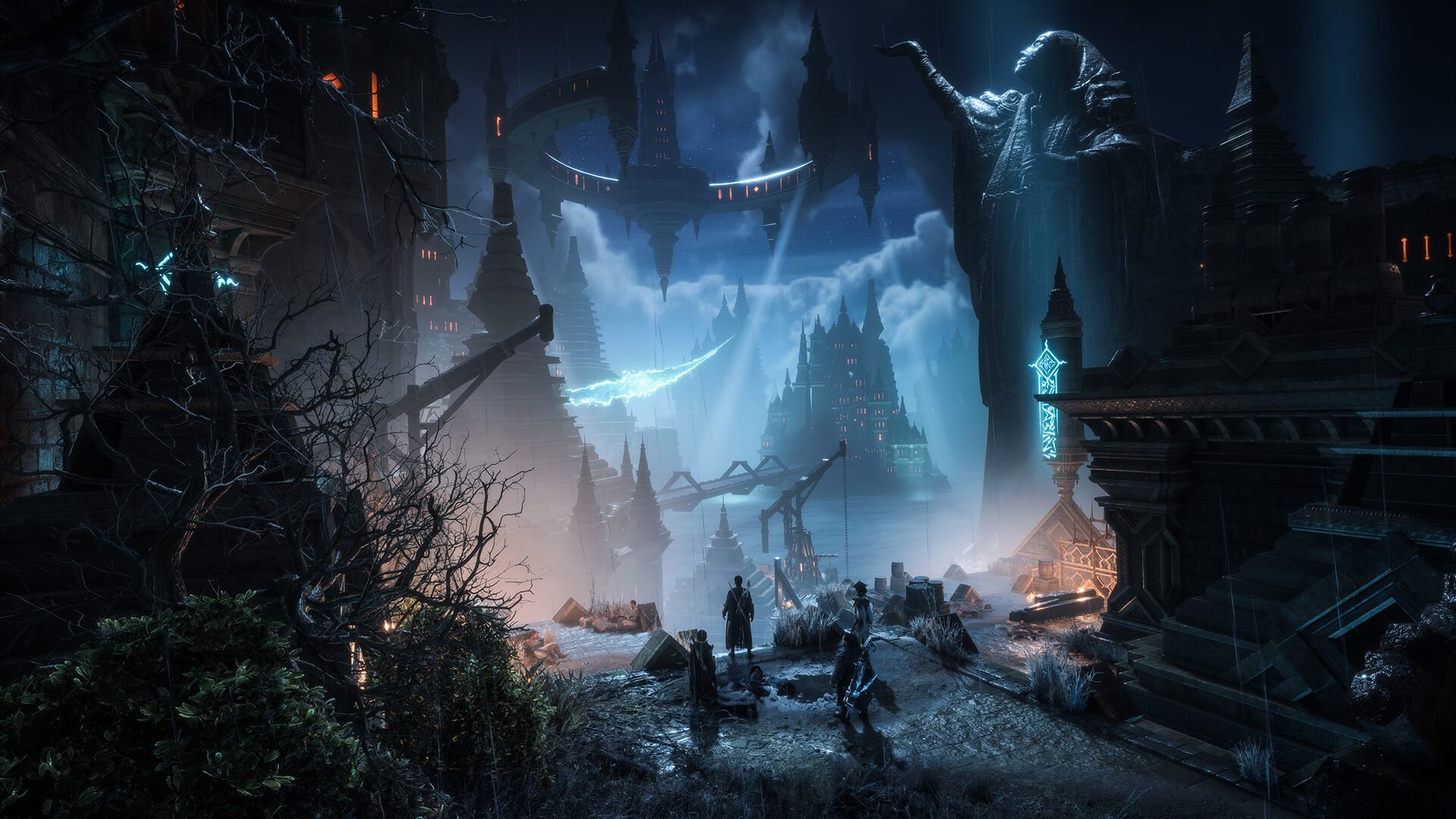
I’ve dabbled in Dragon Age before, but never quite made the full commitment. So I went into The Veilguard with cautious excitement. With only around thirteen hours logged so far, I’m just starting to get my bearings. Still, there’s already plenty to talk about, both the good and the things that make me scratch my head a little. From world design to character development and combat, here are my first impressions.
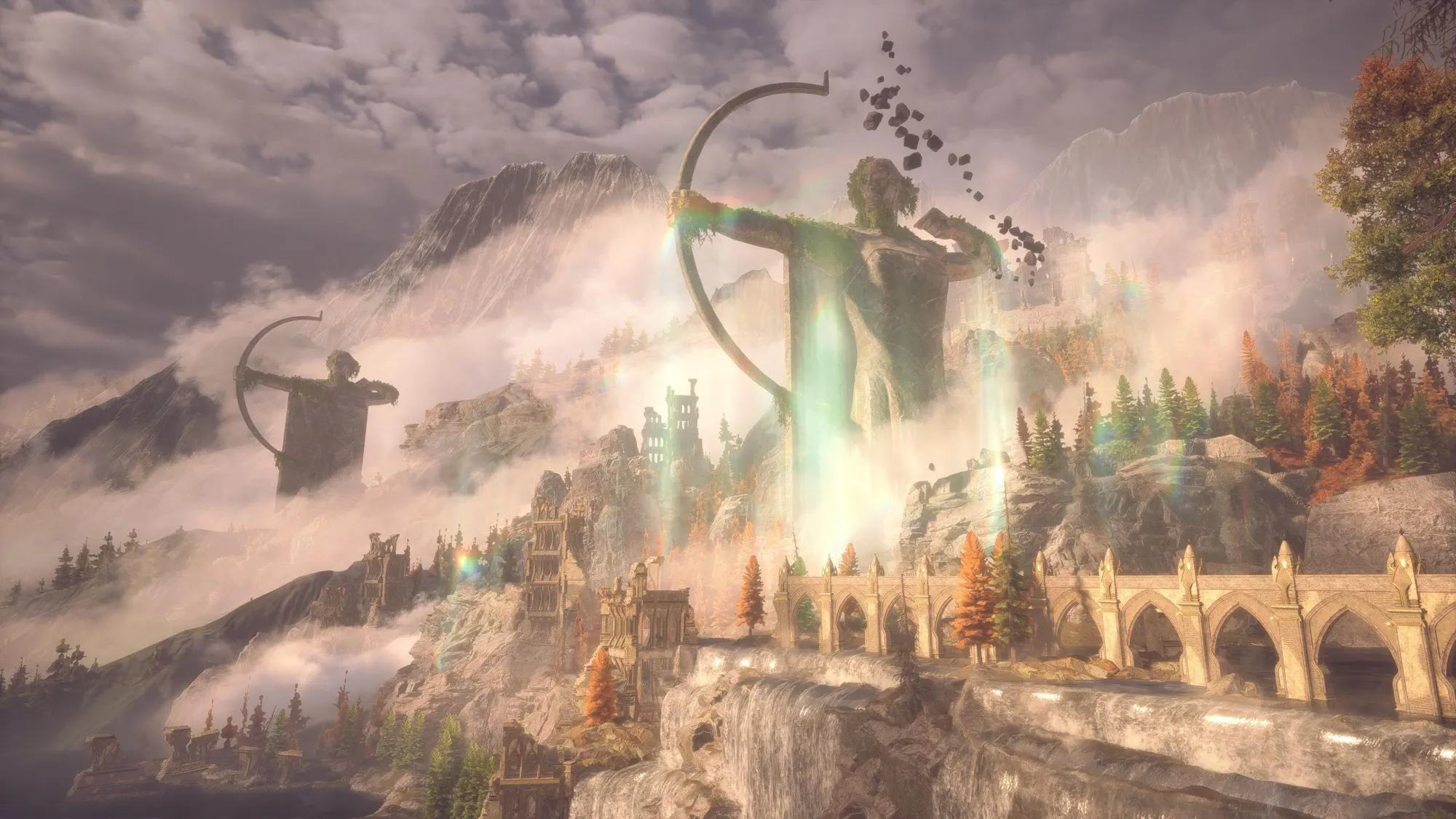
The Characters Need a Little More Roughness
One of the first things that stood out in The Veilguard is the characters. They are certainly memorable, but they almost feel too polished. So far, I’ve met four of them: Bellara, Harding, Lucanis, and Neve. Each of them has a unique personality, but I don’t get the sense that they connect with each other in meaningful ways or push the protagonist, Rook, to grow. They’re good people: morally solid, likable, and they never seem to waver from that. While I appreciate their virtues, I’d like to see more complexity. Lucanis hints at some moral ambiguity, but even his dilemmas feel idealized, framed by concepts of honor and goodness.
What strikes me is how each character seems to exist in their own bubble. Sure, there are some casual quips, but that’s about it. It would be much more compelling if Harding struggled with accepting Lucanis’s demon possession or if Neve occasionally got frustrated with Bellara’s unrelenting positivity. Right now, the lack of meaningful interaction keeps them from feeling like real people with real relationships. Sometimes, it feels like they are caricatures, each with exaggerated traits that don’t lead to any real tension or growth. In a world where curiosity and clashing ideals should naturally create conflict, I’m hoping to see more dramatic collisions between personalities as the story unfolds.
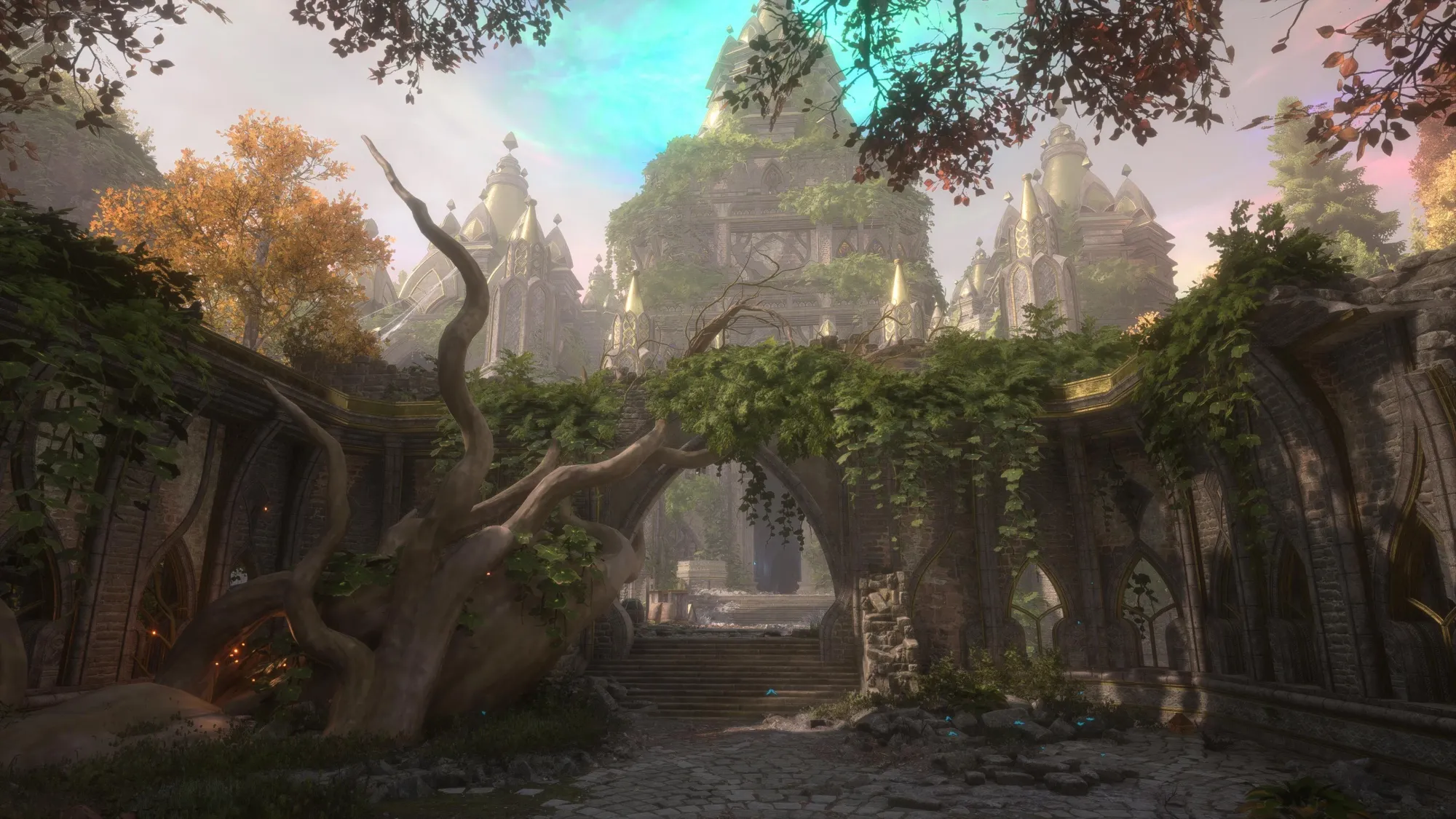
A Half-Open World: Refreshing, but Restrained
The world of The Veilguard opts for a half-open structure. This is different from the endless expanses of Skyrim or the complex, layered maps of Baldur’s Gate 3. It's almost closer to a linear game when you're playing through the story. It’s a choice that has a big impact on pacing, allowing the story to flow more intentionally. Instead of being dragged off into hours of side quests, I find myself tackling shorter, focused activities like a quick puzzle or an optional fight before jumping back into the main story. This format keeps the sense of urgency intact while still leaving room to revisit each zone for side quests later, unlocking larger parts of the map and seeing more of it. It’s refreshing, especially compared to games that end up turning every minor distraction into an hours-long saga.
However, this structure has its downsides. The world, while beautiful, often feels more like a meticulously crafted set than a living, breathing space. Treviso in Antiva, for example, is absolutely stunning, whereas Minrathous’s Dock Town has a grittier, gloomier feel; both are visually distinct but lacking in real interactivity. NPCs don’t react if you bump into them, and many areas are locked without a clear reason. Sometimes it’s hard to tell whether story progression or a puzzle will open the way. I also never feel these places are far away from each other. They feel more like thematic swaps than truly distant locations. And even when there are themes at play I am an observer rather than an actor in the world, there isn't any meaningful way for me to intervene in any conflict outside of dedicated quests, and I am just walking around freely in Minrathous even though I should have a target on my back.
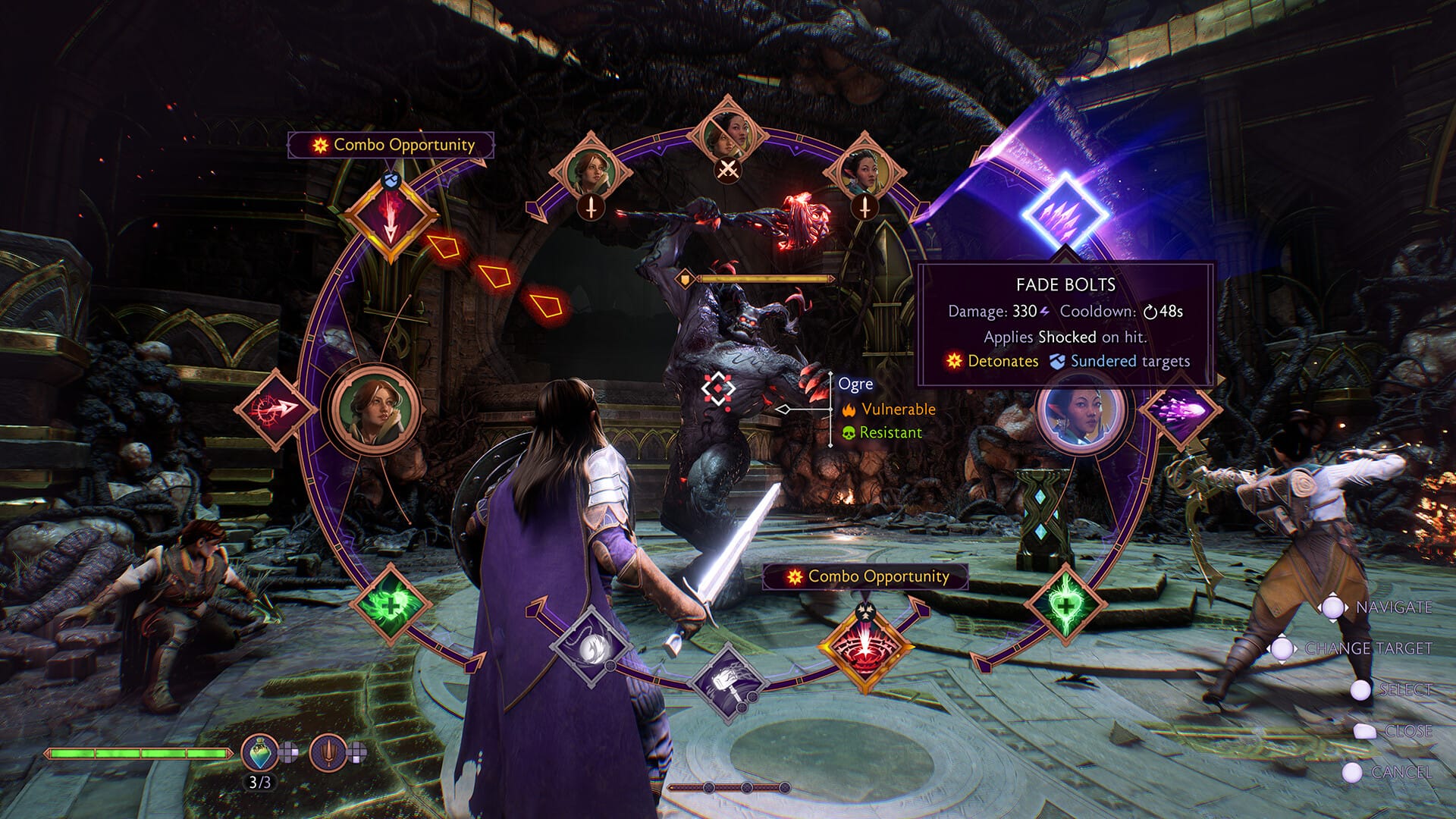
Combat and Gameplay: Striking a Balance
The combat hits a nice balance between action and strategy. I’m playing as a mage, which suits me perfectly as I’ve always loved magic in RPGs. The tactical elements keep things exciting without getting into the overwhelming detail of Baldur’s Gate 3 or the more straightforward approach of Skyrim. The fights that stand out the most are the ones that make me think harder, while the lighter battles let me enjoy the action more casually, making encounters feel distinct. If I had to compare it to another game, I’d say it’s a bit like The Witcher, though it requires less prep work for the bigger fights.
One improvement I’d love to see is the ability to save different builds. Right now, I’m aiming for a spellblade setup, but I also like the deathcaller’s control-oriented abilities. A feature that let me save and switch between builds and armor would make experimenting much more enjoyable.
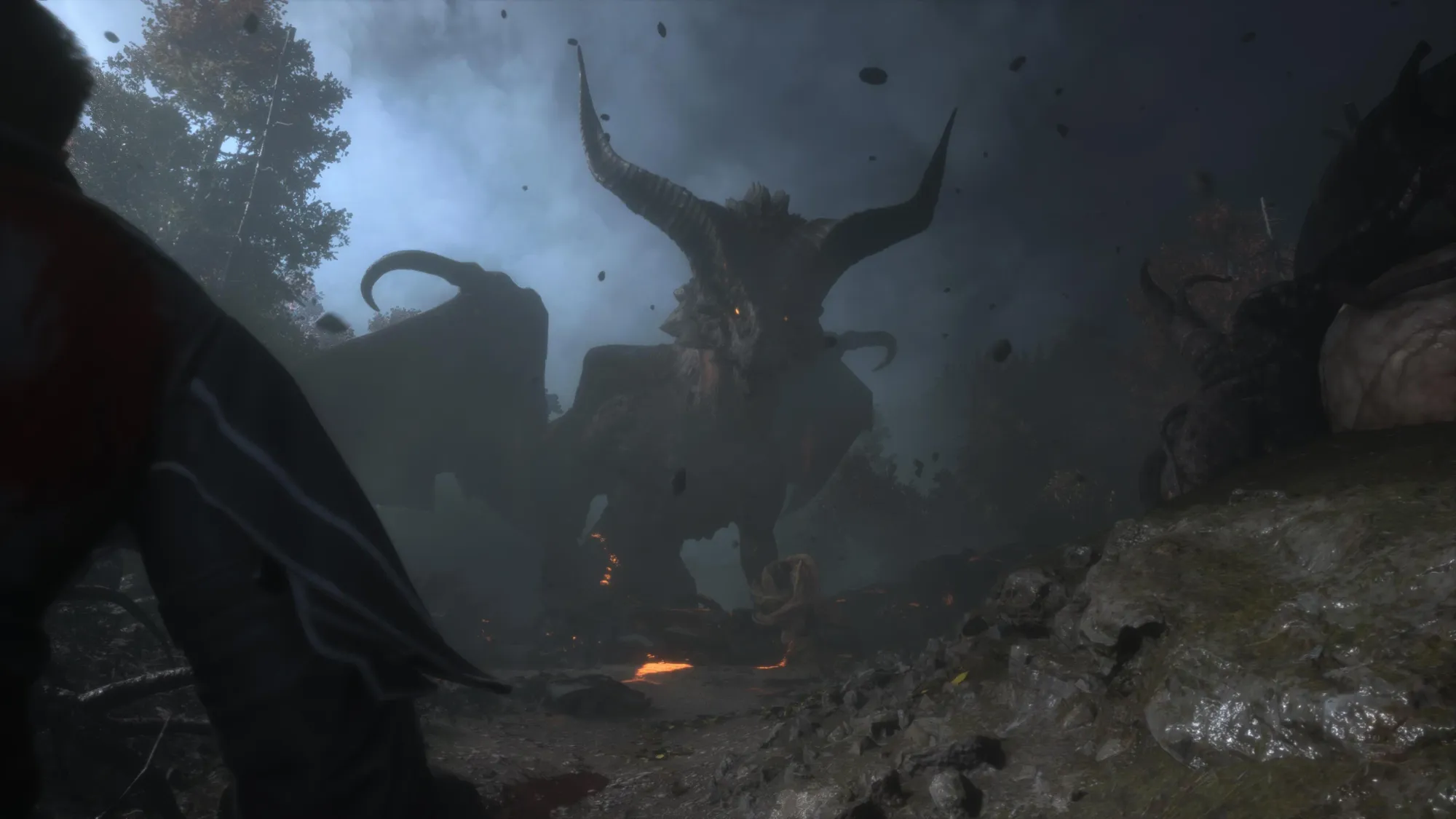
The Story: Making Lore Accessible
The story pacing feels well-balanced so far, but as someone who isn’t deeply familiar with previous Dragon Age games, I find myself wanting the lore to be more accessible. The codex entries are helpful, but they can pull me out of the game when I need to read them in detail. A simple fix would be narrated codex entries that I could listen to while exploring. I’d also love something like Destiny 2’s books, a way to gather pieces of lore in order and collect those I want to dive into more deeply. Maybe vendors could even sell those missing pieces, adding an extra layer to exploration. Or, hear me out, give me a mobile app. Yes, I know mobile tie-in apps typically suck, but if I have to read, at least let me read when I want to read, not when I want to play a video game. Reading the wiki isn't the same.
Dialogue choices are impactful, and I’ve already experienced some touching moments. One of my favorites was encouraging Harding to see her magic as a gift instead of something to fear. It’s these smaller, intimate choices that feel the most meaningful, and I hope they happen more often. I know these moments take a lot of writing effort, but they are what make RPG storytelling so special: the sense of being genuinely invested in the growth of my companions.
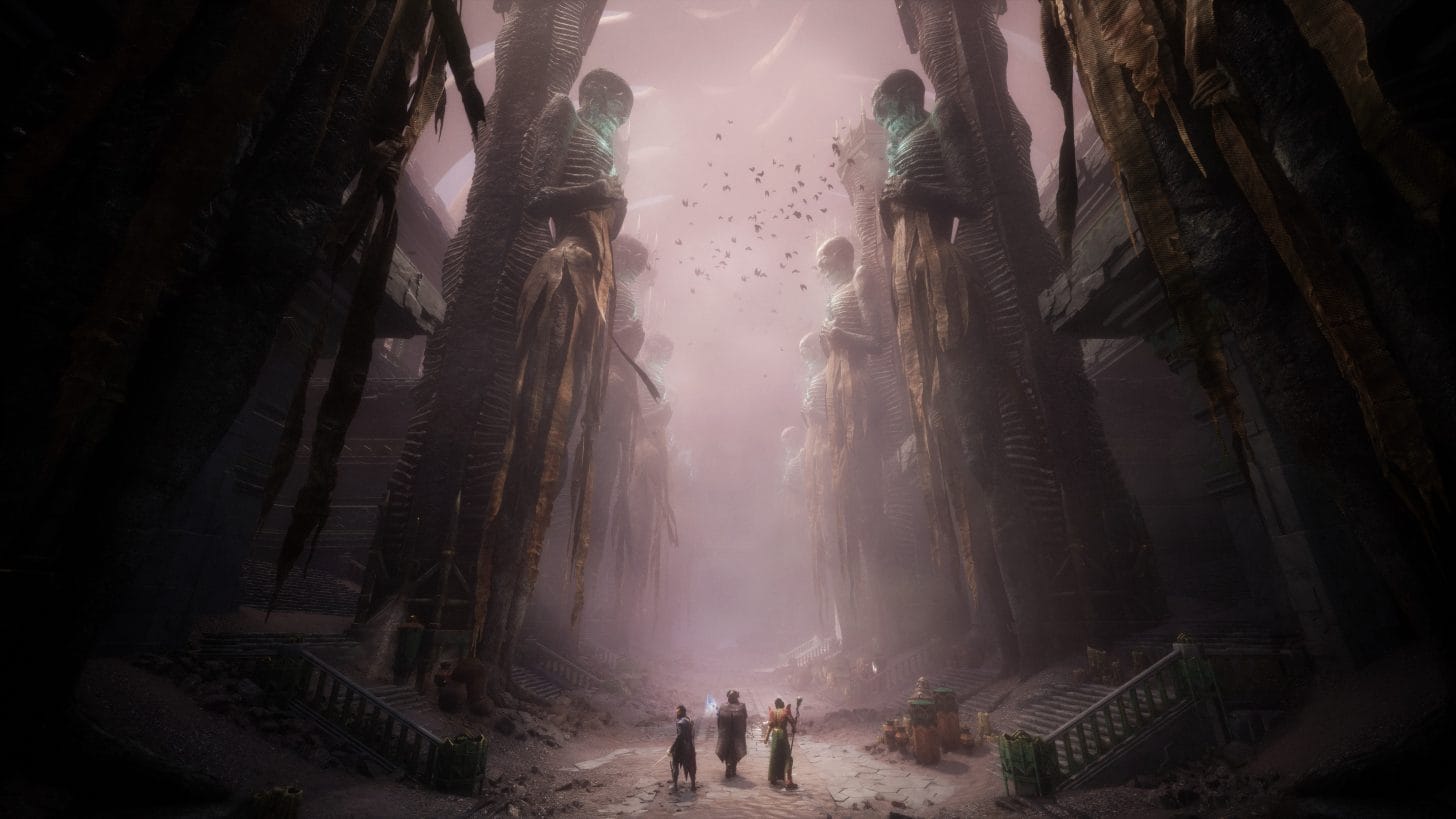
Where It Stands So Far
Overall, Dragon Age: The Veilguard is a polished experience that feels modern while staying true to its RPG roots. The half-open world is a welcome change, allowing for a focused kind of gameplay that’s hard to find in today’s sprawling, distraction-heavy games. It feels like BioWare decided to refine what makes a game immersive rather than expanding endlessly just for the sake of scale.
The Veilguard strikes a good balance for newcomers and RPG veterans alike, though I expect some players may resist the changes just because they’re different. Even so, I’m excited to see how the characters evolve, and I’m hoping they can break free from their archetypes and start interacting in more real, messy ways. If BioWare can keep refining this mix of action, strategy, and character-driven choices, The Veilguard could easily become one of my favorite games of the year. I’m having a blast, and I still can’t quite believe EA published it. There are no microtransactions, it doesn't require the EA Play launcher, nor does it require an online connection to play a single-player game. All this and more in 2024.

